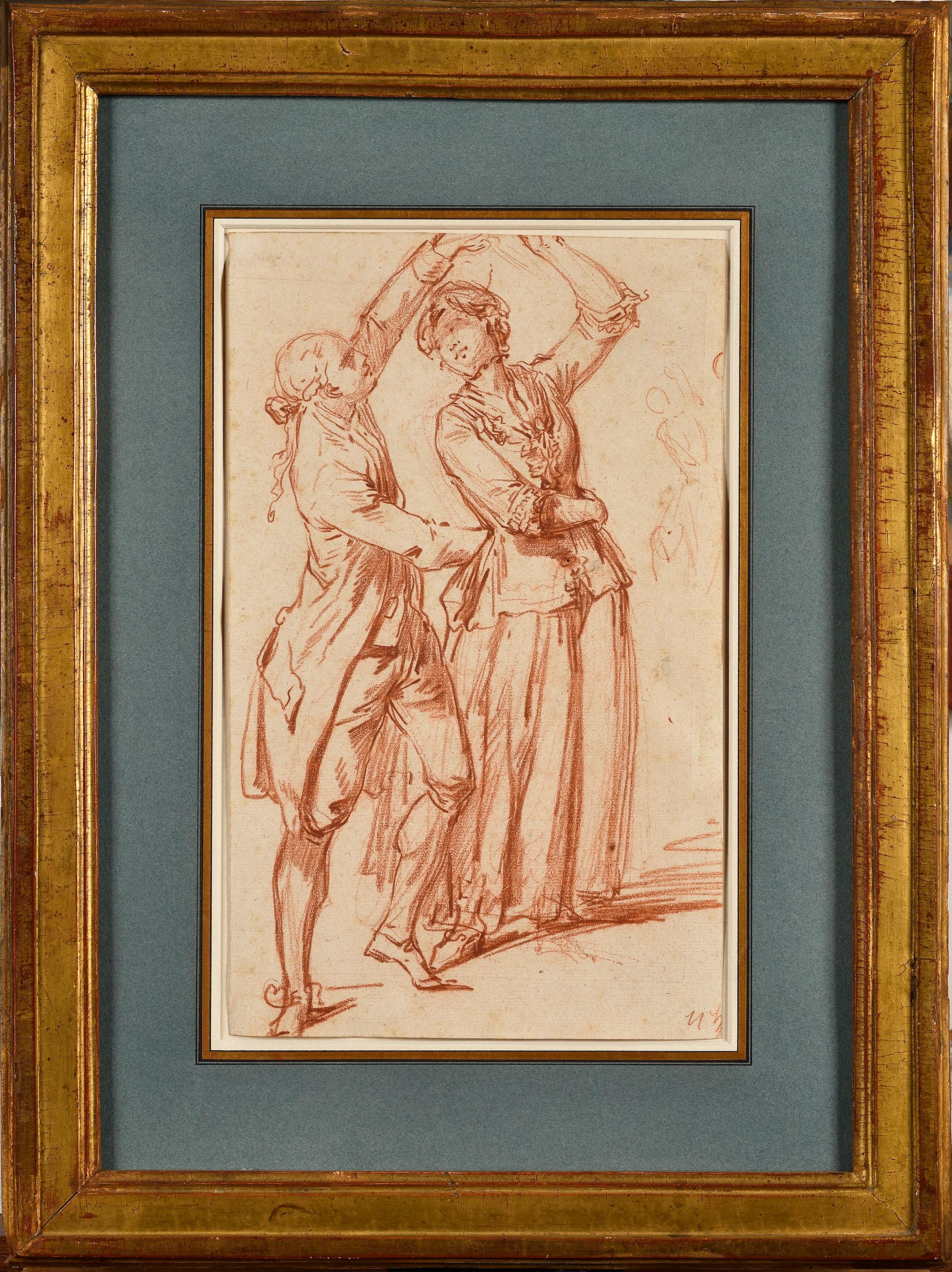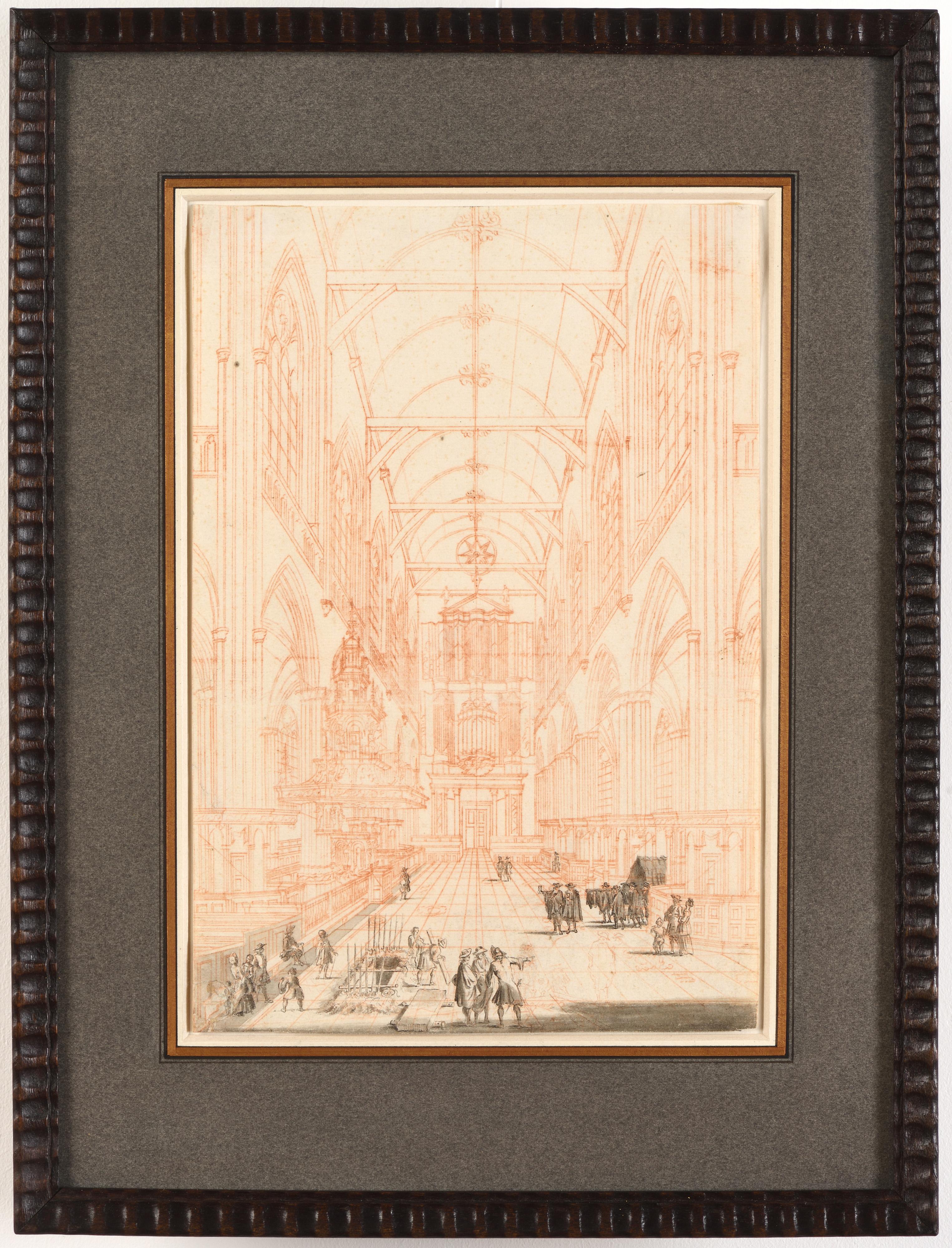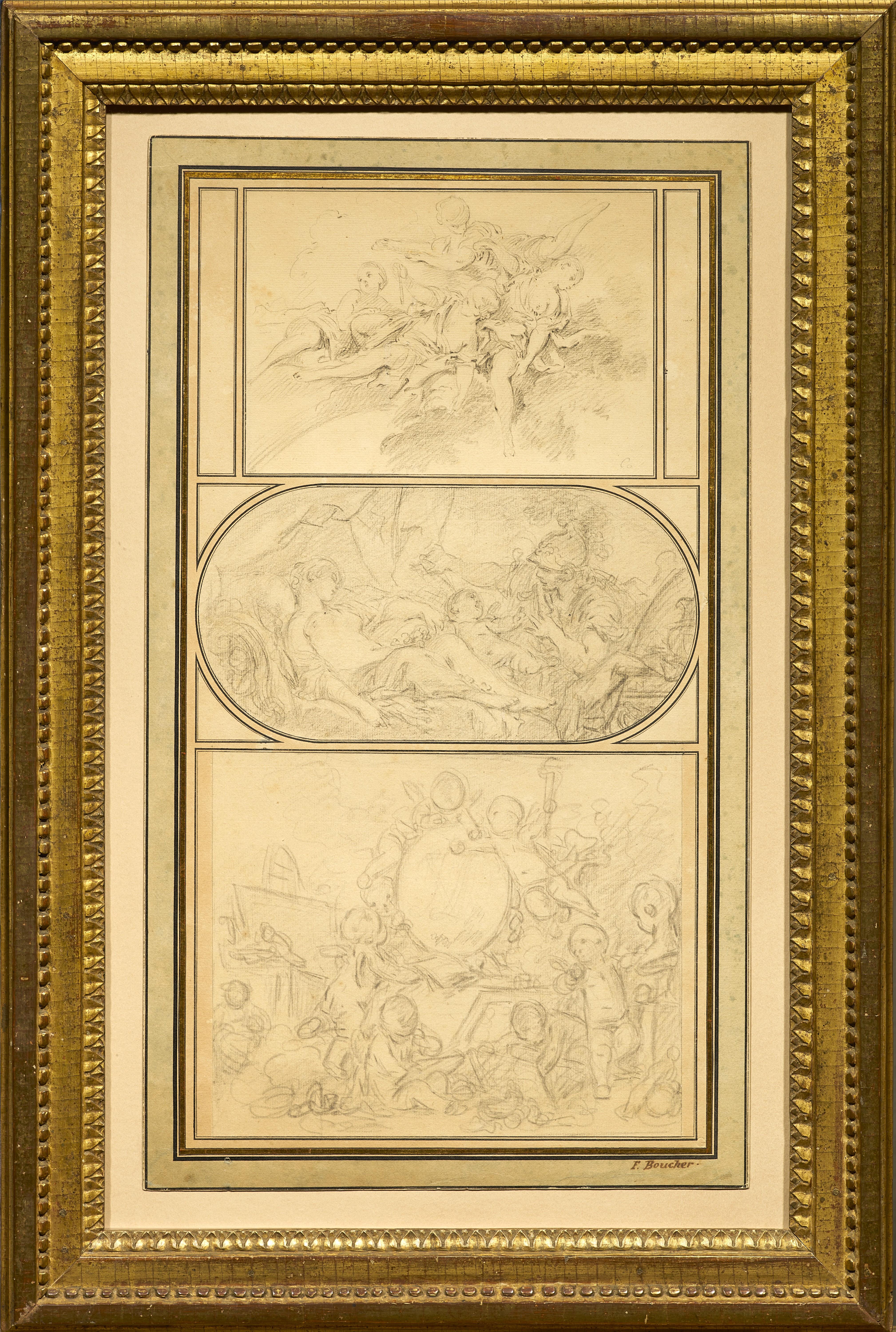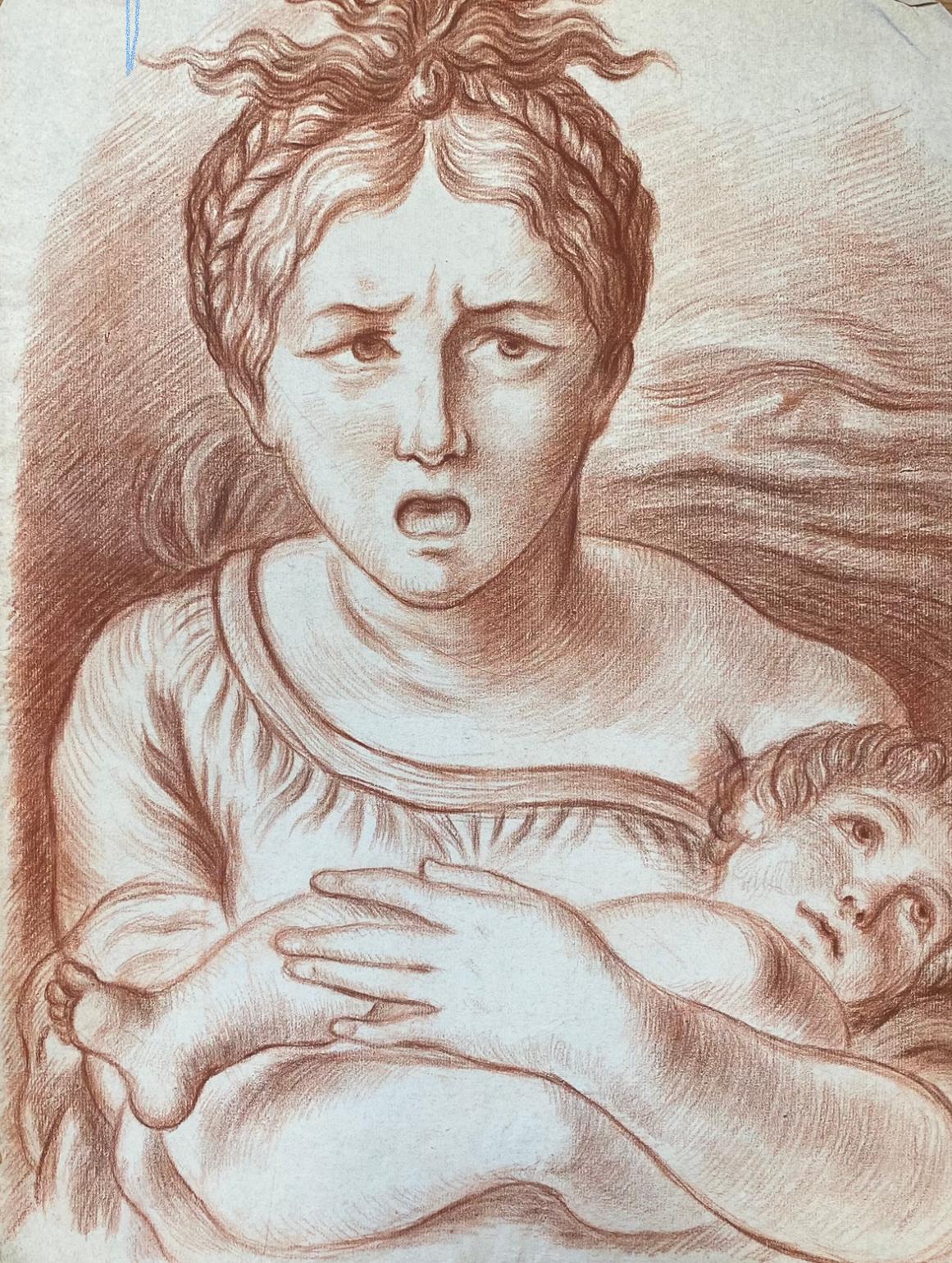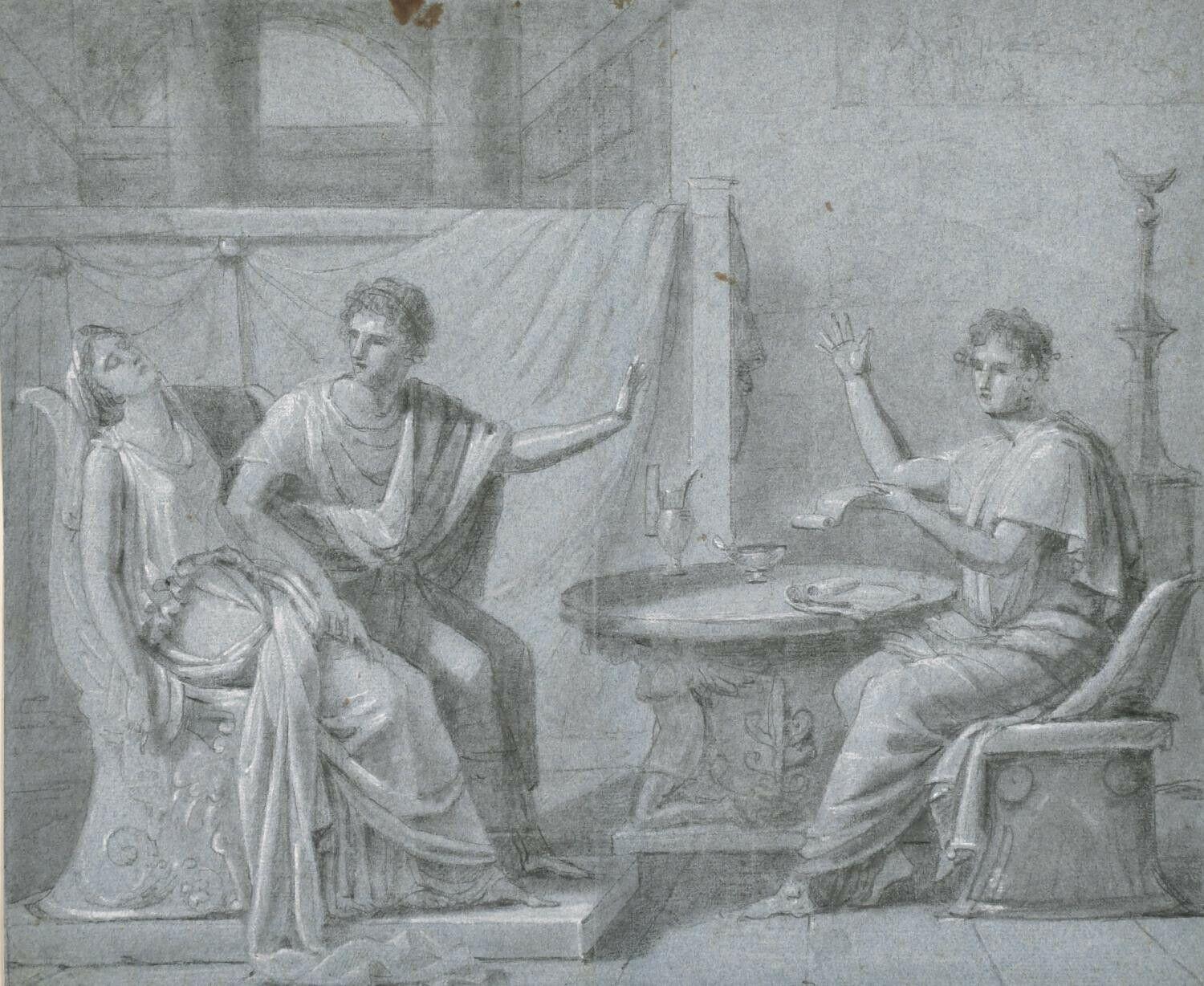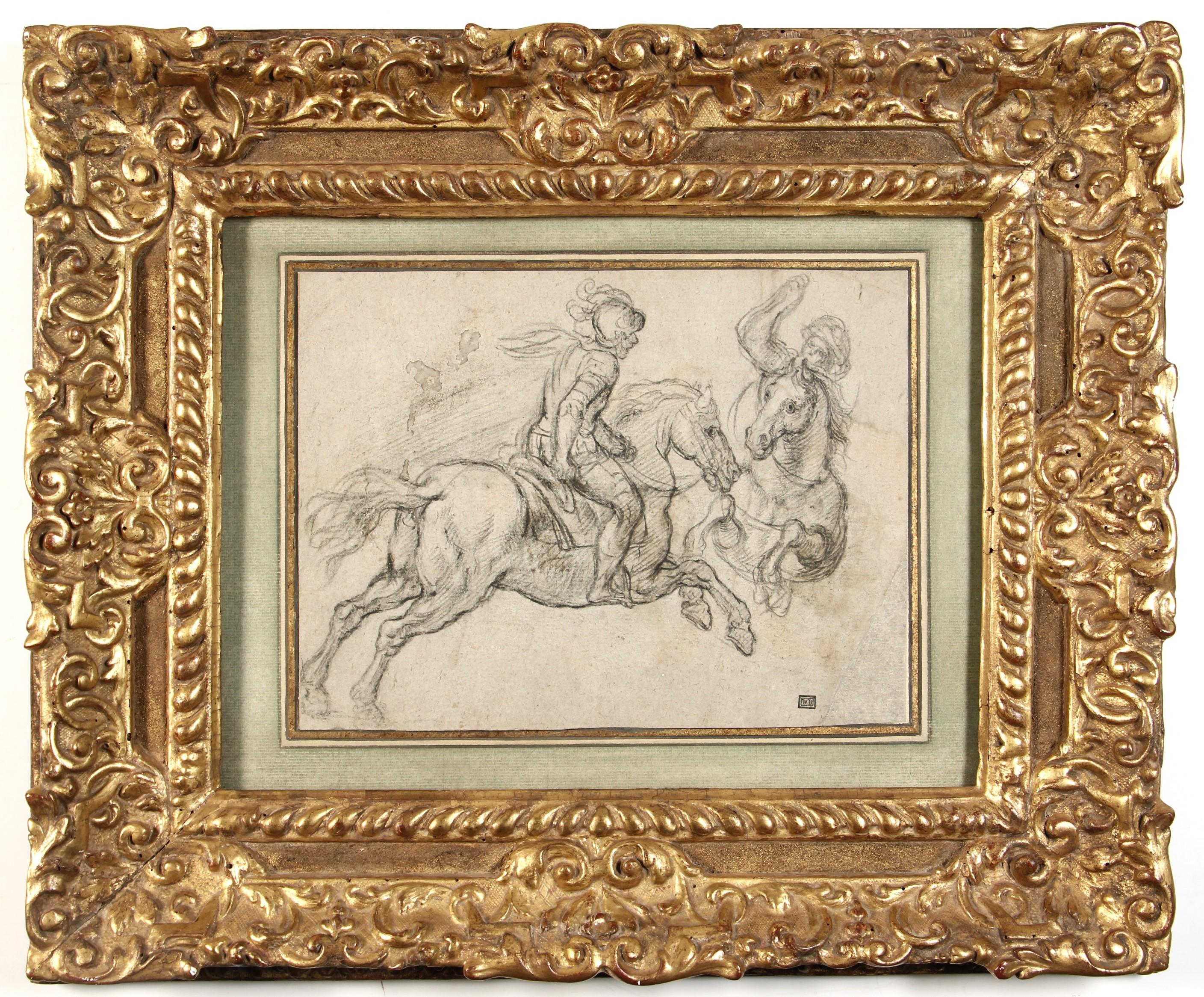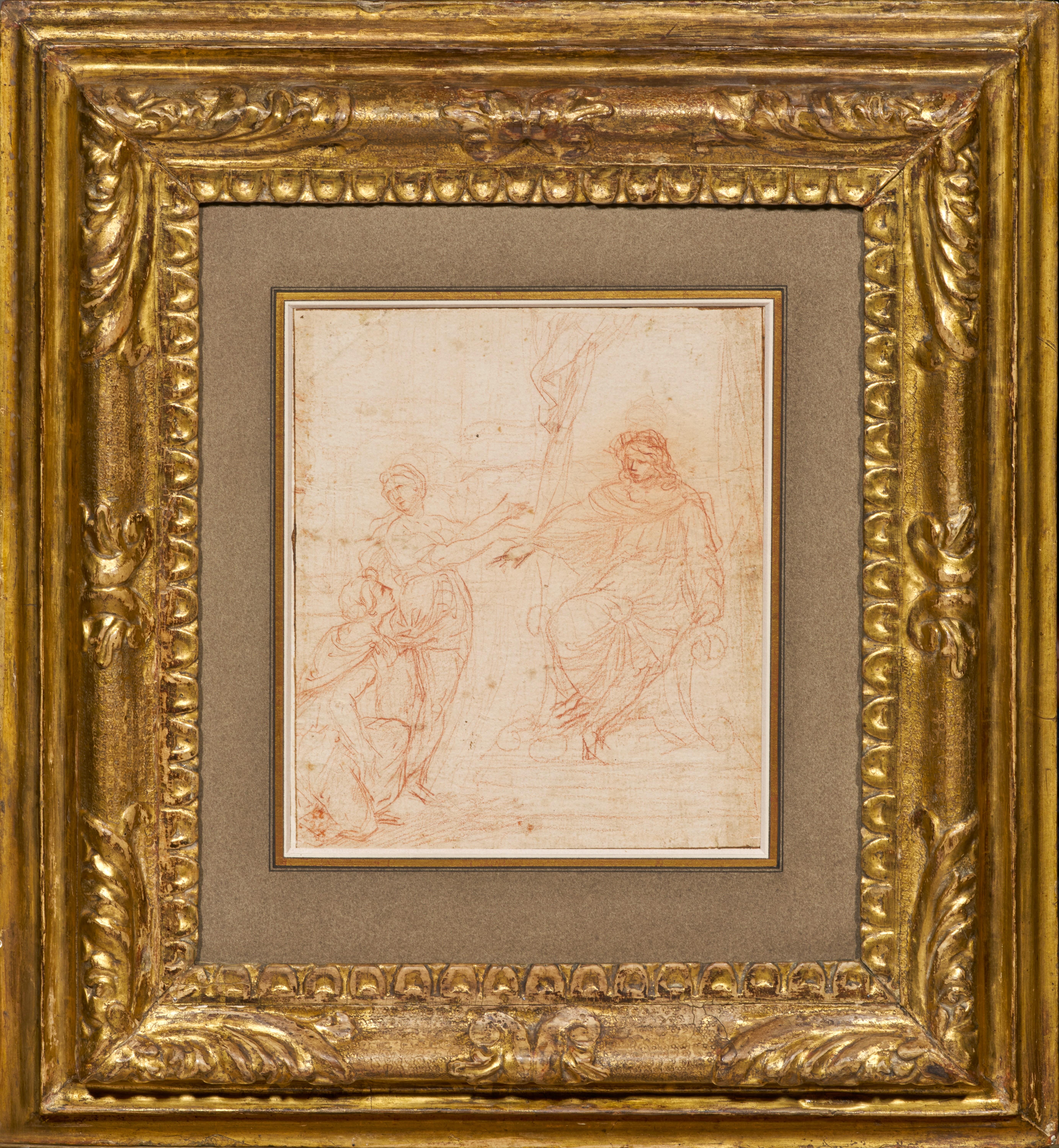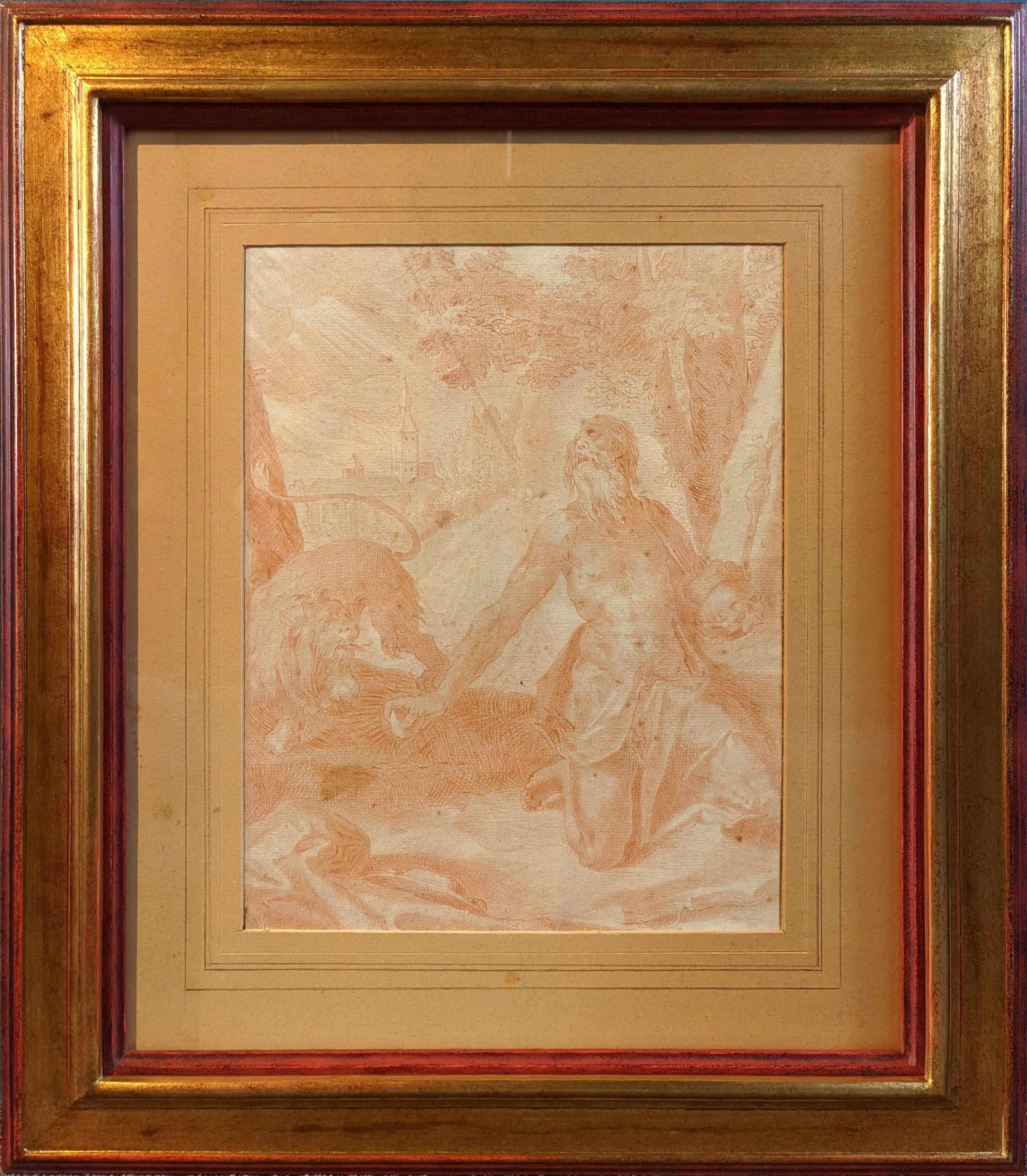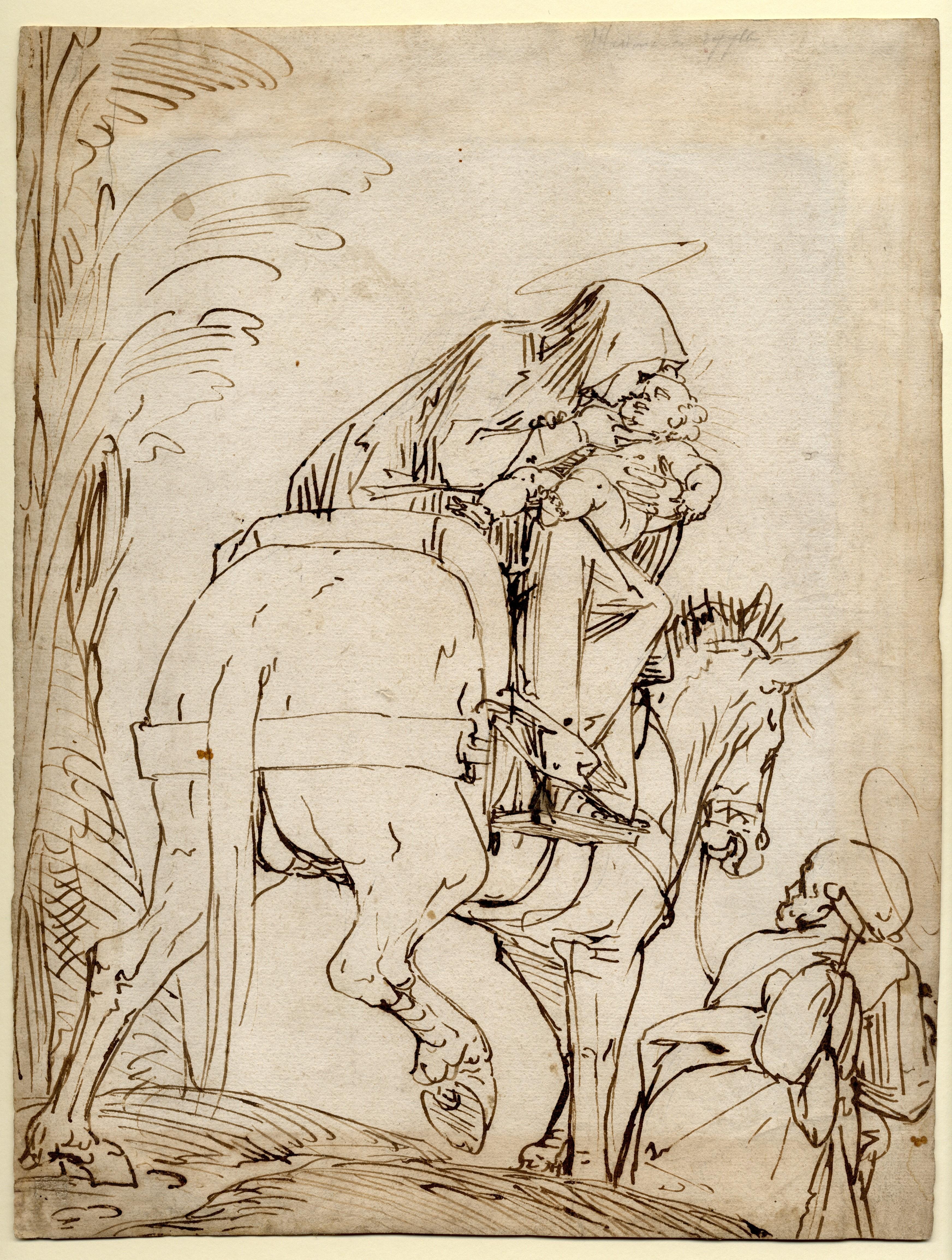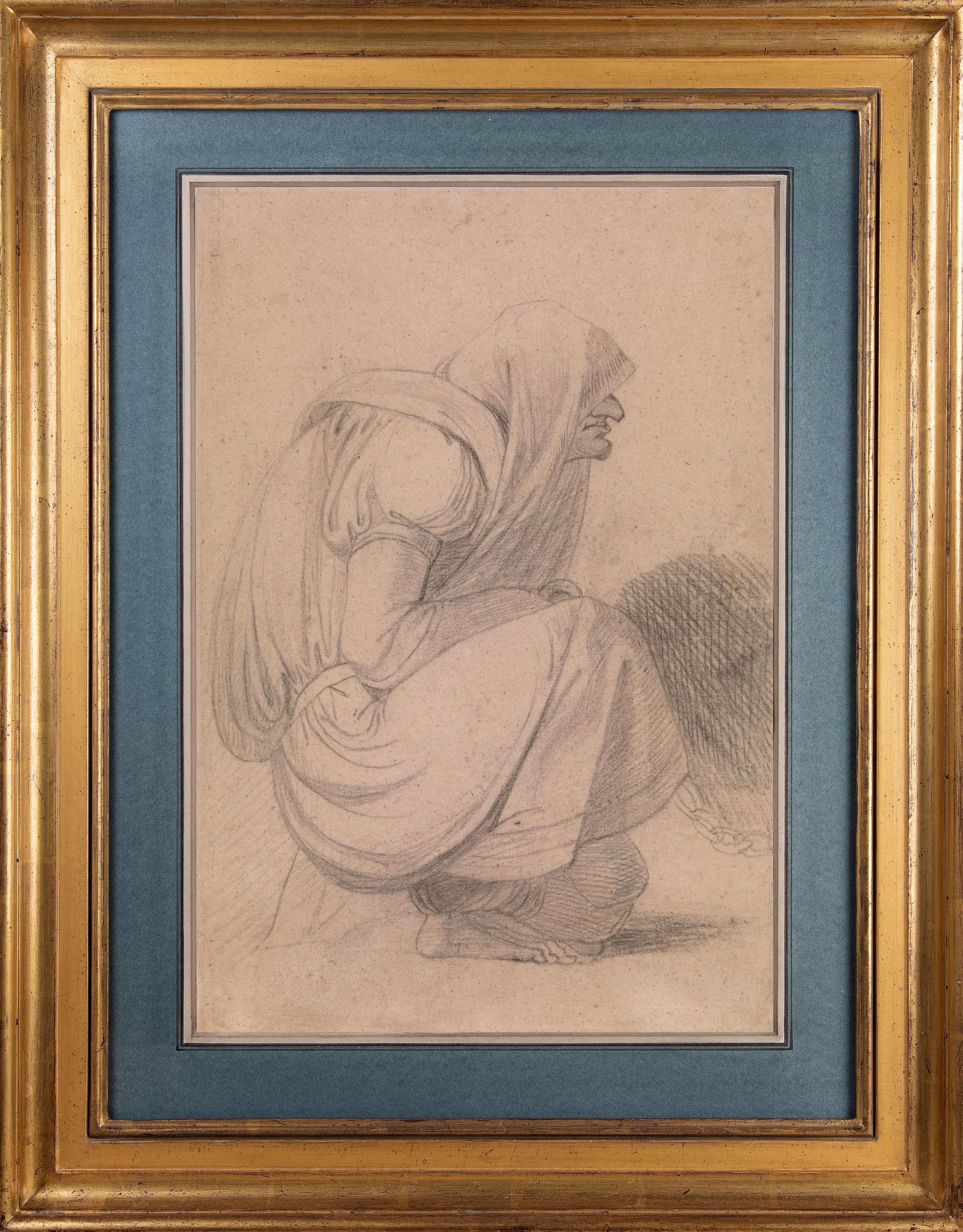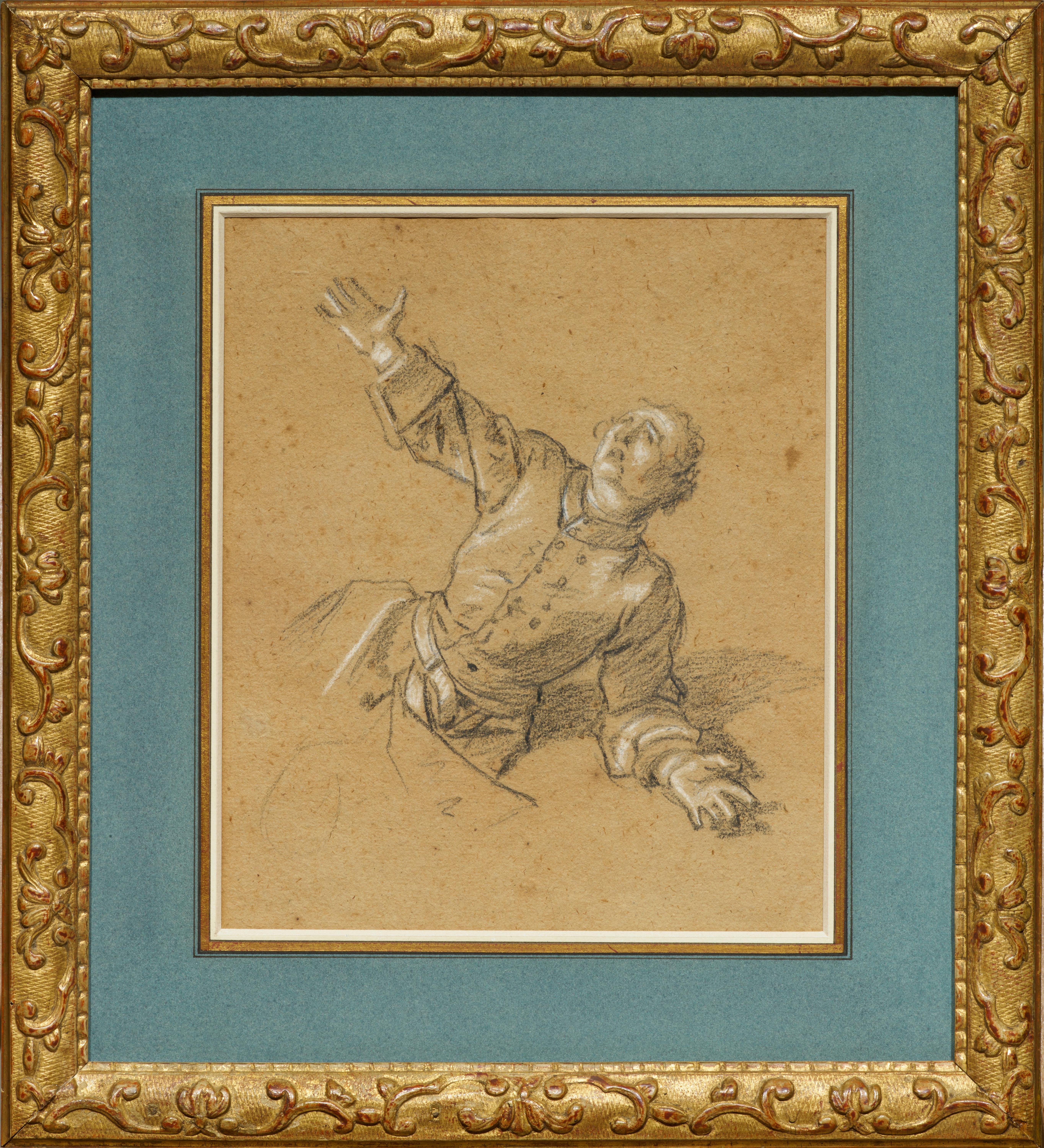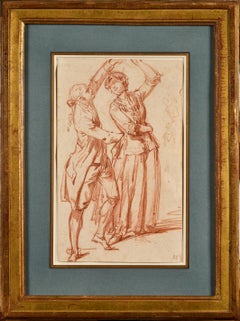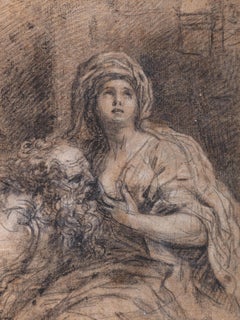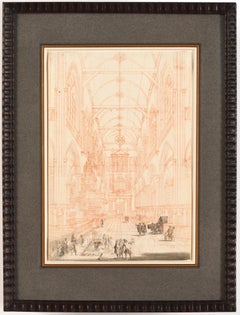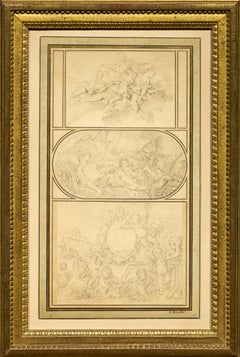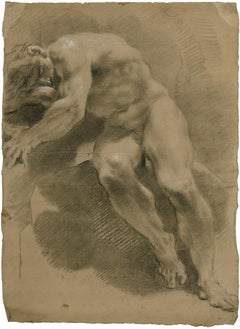
18th C Italian Old Master Drawing by Filippo Pedrini Academy Nude
View Similar Items
1 of 6
Filippo Pedrini18th C Italian Old Master Drawing by Filippo Pedrini Academy NudeCirca 1780
Circa 1780
$4,145.30List Price
About the Item
- Creator:Filippo Pedrini (1763 - 1856)
- Creation Year:Circa 1780
- Medium:
- Movement & Style:
- Period:
- Condition:
- Gallery Location:Gouda, NL
- Reference Number:1stDibs: LU116014282352
Authenticity Guarantee
In the unlikely event there’s an issue with an item’s authenticity, contact us within 1 year for a full refund. DetailsMoney-Back Guarantee
If your item is not as described, is damaged in transit, or does not arrive, contact us within 7 days for a full refund. Details24-Hour Cancellation
You have a 24-hour grace period in which to reconsider your purchase, with no questions asked.Vetted Professional Sellers
Our world-class sellers must adhere to strict standards for service and quality, maintaining the integrity of our listings.Price-Match Guarantee
If you find that a seller listed the same item for a lower price elsewhere, we’ll match it.Trusted Global Delivery
Our best-in-class carrier network provides specialized shipping options worldwide, including custom delivery.You May Also Like
Dancing Couple
Located in Paris, Île-de-France
Attributed to Charles-Nicolas Cochin the Younger (Paris, 1715 – 1790)
Dancing Couple
Circa 1765–1770
Red chalk on cream paper; verso in black and red chalk
34 × 21 cm
Unsigned
Pro...
Category
Late 18th Century Old Masters Figurative Drawings and Watercolors
Materials
Chalk
Roman Charity (Cimon and Pero)
Located in Paris, Île-de-France
Michel CORNEILLE the Younger (Paris, 1642 – 1708)
Roman Charity (Cimon and Pero)
Black chalk with white highlights on beige paper
Height: 28 cm – Width: 20 cm
Unsigned
France, cir...
Category
Late 17th Century Old Masters Figurative Drawings and Watercolors
Materials
Paper, Charcoal, Chalk
Interior of the Nieuwe Kerk, Amsterdam
Located in Paris, Île-de-France
Jan Goeree (Middelburg 1670 – Amsterdam 1731)
Interior of the Nieuwe Kerk, Amsterdam (c. 1724)
Red chalk for the architecture, pen and black ink, grey wash on paper
Composition reversed in preparation for engraving
25 × 17.5 cm
Watermark: Hunting horn, Churchill 318 (dated 1724)
Unsigned
Provenance
Private collection, France
Context & Attribution
Trained in the studio of Gérard de Lairesse, Jan Goeree was among the finest Dutch engravers of the early eighteenth century, celebrated for his architectural views of Amsterdam. This drawing is a preparatory study for an engraving of the same subject now preserved in a major public collection. The final print—slightly larger—closely follows the reversed composition of this sheet.
Subject
In the center of the Gothic nave, five bearers carry a catafalque toward a freshly dug grave—a tribute to the naval heroes often buried in the Nieuwe Kerk. This funerary motif, familiar from Dutch painting (e.g. Emanuel de Witte, 1657), evokes the vanitas theme and the transience of earthly life.
Technical Analysis
Goeree’s use of red chalk for the architecture and ink for the figures reveals his working method: the chalk lines could be used to produce a counterproof restoring the correct orientation of the architecture, while the inked figures remained adjustable before the design was transferred to the copper plate.
Place within the Oeuvre
Drawings of church...
Category
Early 18th Century Old Masters Interior Drawings and Watercolors
Materials
Ink, Chalk
Three drawings by François Boucher in a mounting by Jean-Baptiste Glomy
By François Boucher
Located in PARIS, FR
We would like to thank Juliette Parmentier-Courreau of the Custodia Foundation for her welcome and support during the consultation of Glomy’s Journal des Ouvrages.
This spectacularly large "feuille de desseins ajustés" commissioned by François Boucher from Jean-Baptiste Glomy is emblematic of the painter's art and mastery of rocaille. It is also fully representative of the taste of this period in the field of decorative arts. The largest of these three drawings, placed at the bottom of the composition, is particularly interesting: dating from around 1756, it constitutes a modello (apparently unpublished) for the frontispiece of the "Catalogue des tableaux de Monsieur de Julienne"), preserved in the Morgan Library in New York.
1. François Boucher, the master of French rocaille
The extraordinary career of Francois Boucher was unmatched by his contemporaries in versatility, consistency and output. For many, particularly the writers and collectors who led the revival of interest in the French rococo during the last century, his sensuous beauties and plump cupids represent the French eighteenth century at its most typical. His facility with the brush, even when betraying the occasional superficiality of his art, enabled him to master every aspect of painting – history and mythology, portraiture, landscape, ordinary life and, as part of larger compositions, even still life. He had been trained as an engraver, and the skills of a draftsman, which he imbued in the studio of Jean-Francois Cars (1661 – 1738), stood him in good stead throughout his career; his delightful drawings are one of the most sought-after aspects of his oeuvre.
As a student of Francois Lemoyne (1688 - 1737), he mastered the art of composition. The four years he spent in Italy, from 1727-1731, educated him in the works of the masters, classics and history, that his modest upbringing had denied him.
On his return to Paris in 1734, he gained full membership of the Royal Academy of Painting and Sculpture with his splendid Rinaldo and Armida (Paris, Musée du Louvre). Although, throughout his career, he occasionally painted subjects taken from the Bible, and would always have considered himself first as a history painter, his own repertoire of heroines, seductresses, flirtatious peasant girls and erotic beauties was better suited to a lighter, more decorative subject matter. His mastery of technique and composition enabled him to move from large scale tapestry...
Category
1750s Old Masters Figurative Drawings and Watercolors
Materials
Chalk, Ink
Antique French Old Master Sanguine Chalk Drawing Mother & Child portrait
Located in Cirencester, Gloucestershire
"Mother & Child"
French School, 19th century
sanguine chalk drawing on paper, unframed
painting: 23.25 x 17.75 inches
Condition report:
The painting i...
Category
19th Century Old Masters Portrait Paintings
Materials
Chalk
FINE 18th CENTURY OLD MASTER CHALK DRAWING - ROMANESQUE FIGURES INTERIOR SCENE
Located in Cirencester, Gloucestershire
Artist/ School: French School, 18th century
Title: Classical figures within an interior.
Medium: chalk on paper, mounted.
Size: drawing: 11.5 x 13.5 inches
Provenance:...
Category
Early 18th Century Old Masters Figurative Paintings
Materials
Chalk

